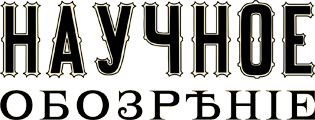Scientific journal
Scientific Review. Technical science
ISSN 2500-0799
ПИ №ФС77-57440
ISSN 2500-0799
ПИ №ФС77-57440
QUALITY ASSESSMENT FOR IMAGE INPAINTING BASED ON MACHINE LEARNING
Inpainting has received a lot of attention in recent years and quality assessment is an important task to evaluate different image reconstruction approaches. In many cases inpainting methods introduce a blur in sharp transitions in image and image contours in the recovery of large areas with missing pixels and often fail to recover curvy boundary edges. Quantitative metrics of inpainting results currently do not exist and researchers use human comparisons to evaluate their methodologies and techniques. This paper focuses on a machine learning approach for no-reference visual quality assessment for image inpainting based on the human visual property. Our method is based on observation that when images are properly normalized or transferred to a transform domain, local descriptors can be modeled by some parametric distributions. Next, we use a support vector regression learned on assessed by human images to predict perceived quality of inpainted images. We demonstrate how our predicted quality value repeatably correlate with qualitative opinion in a human observer study. We show that our approach outperforms known and widely used algorithms on a selected image dataset both in terms of correlation coefficient.


 science-review.ru
science-review.ru